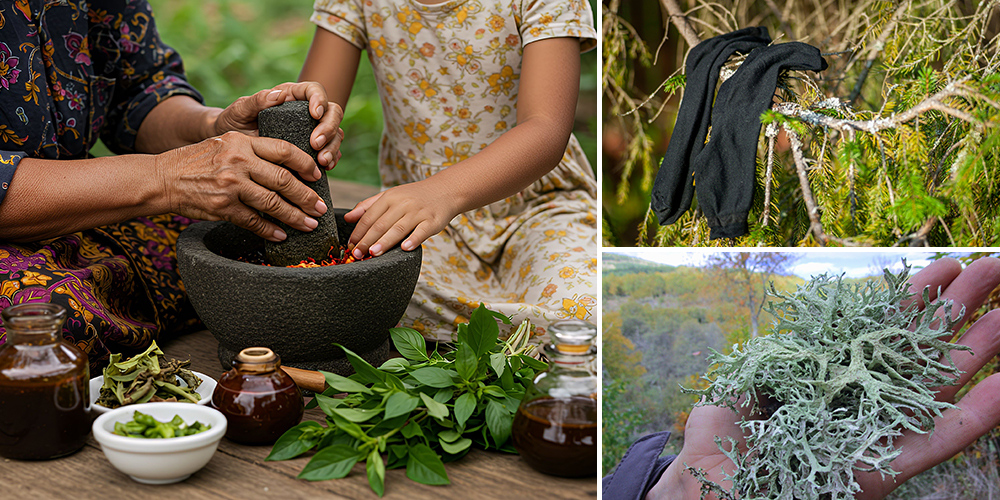
Medicinal Herbal Socks For Each Part of Your Body
Magic socks, warming socks, contrast hydrotherapy, or wet sock therapy – these are different terminologies for the specific treatment that gained popularity in the 19th century. The practice has existed for many centuries, known as hydrotherapy, which utilizes water for healing.
The idea of sleeping with damp socks may not be appealing. But, many users swear by the effectiveness of wearing wet socks as a natural remedy for mild fever. Even more individuals claim improved circulation with this practice.
The Theory Behind Wet Sock Treatment
Wet sock therapy involves soaking feet in a warm foot bath and wearing cold, wet socks on them overnight.
In traditional Amish practice, socks are soaked in egg whites and worn overnight to help reduce fever, especially in children. More recent practices use an herbal foot bath and soak the socks using the same herbal infusion.
The theory is to expose the feet to cold and allow the body to regulate its temperature and eventually “warm” the damp socks.
Accordingly, the cold socks work on the principle of thermoregulation, helping to balance body temperature. Exposing the feet to cold stimulates the body’s internal heat. It will cause blood to rush to the feet to keep them warm, which helps improve blood circulation.
The holistic treatment may also aid in the following health and lifestyle issues:
Fever: Wet sock therapy is more commonly used to bring down a mild fever. The wet sock trick may help with the body’s internal temperature. It is also said to activate the immune response, giving the body a better defense against infections.
This might sound surprising, but our feet hold secrets we barely understand. Think about acupressure points. What you place on your feet can affect your entire body’s health.
What really amazed me, though, was discovering what happens when you slip a mullein leaf inside your shoes. I stumbled across this old remedy in a forgotten herbalist’s journal, and ever since, I always keep 2 mullein leaves ready to tuck into my shoes whenever my legs feel heavy or inflamed.
Congestion: Wet socks may be effective in relieving congestion associated with the common cold and flu. Holistic medicine suggests that wearing damp socks increases blood flow to the lower part of the body, reducing congestion in the head and upper body.
Speaking of mullein, this incredible plant is also one of nature’s most powerful decongestants. Before winter arrives with its parade of colds and flu, you’ll want to learn how to use mullein internally. Click here to discover how this gentle yet effective remedy can keep your airways clear all season long.
Circulation and Lymphatic Flow: Warming socks stimulate the body to increase its blood flow, allowing it to regulate its internal temperature properly. It results in improved blood circulation and increased lymphatic flow, promoting proper fluid balance and detoxification.
Here’s something worth noting: mullein is considered one of the most powerful lymphatic drainage herbs available. It’s that simple.
Sleep and Pain Relief: Once you are used to sleeping with damp feet, wet socks may offer you better sleep and relaxation benefits. Proper blood circulation through contrast hydrotherapy may reduce muscle tension and alleviate body pain. It may also improve sleep quality and help address common sleep disturbances such as insomnia.
Hangover: Magic socks are believed not only to reduce tension headaches but also to aid in detoxification. Improved blood circulation and lymphatic drainage flush out toxins more easily, for faster recovery from hangovers. It may also help maintain body equilibrium to ease the sluggish feeling the day after.
Whether it’s mullein leaves in your shoes for inflammation, mullein tea as a decongestant, or mullein tincture as a lymphatic drainer, this plant is truly a healing superstar. But here’s the thing. Each benefit requires a different preparation and dosage.
If you want to unlock the full spectrum of mullein’s medicinal powers, from internal remedies to external applications, click here to see every remedy this remarkable plant has to offer.
Addition of Herbs
Naturopathic medicine initially adopted wet sock therapy primarily for regulating mild fevers. Some practices include using herbal infusions for foot soaks to add therapeutic effects.
Magnesium flakes or Epsom salt, combined with aromatic essential oils, also make a great addition to a soothing foot bath.
The following herbs are good options for therapeutic and healing herbal socks.
Ginger (Zingiber officinale), is a warming herb that promotes better circulation and relieves congestion.
Onion (Allium cepa), for better germ and toxin absorption through the skin and soles of the feet.
Lavender (Lavandula angustifolia), or lavender essential oil may improve sleep quality.
Rosemary (Salvia Rosmarinus), may help boost blood circulation, reducing muscle tension and preventing fungal infections while on the wet sock therapy.
Yarrow (Achillea millefolium), has drying properties to reduce congestion and improve circulation.
Yarrow is one of those plants that herbalists call a “heal-all” for good reason. This feathery-leafed wonder has been used for thousands of years to stop bleeding in its tracks, reduce fever, fight infections, and support circulation. The ancient warriors even carried it into battle to treat wounds on the field—that’s how powerful and reliable it is.
For wet sock therapy specifically, yarrow’s drying properties help decongest the body while its ability to stimulate circulation makes the treatment even more effective. It’s the perfect addition to any respiratory or fever remedy.
But here’s the thing: if yarrow doesn’t grow around your home and you need it NOW, whether for wet sock therapy, wound care, or immune support, don’t wait. Click here to get a high-quality yarrow tincture from the only source I trust.
When you’re dealing with a fever, congestion, or inflammation, time matters, and having this Yarrow Tincture ready in your medicine cabinet is non-negotiable.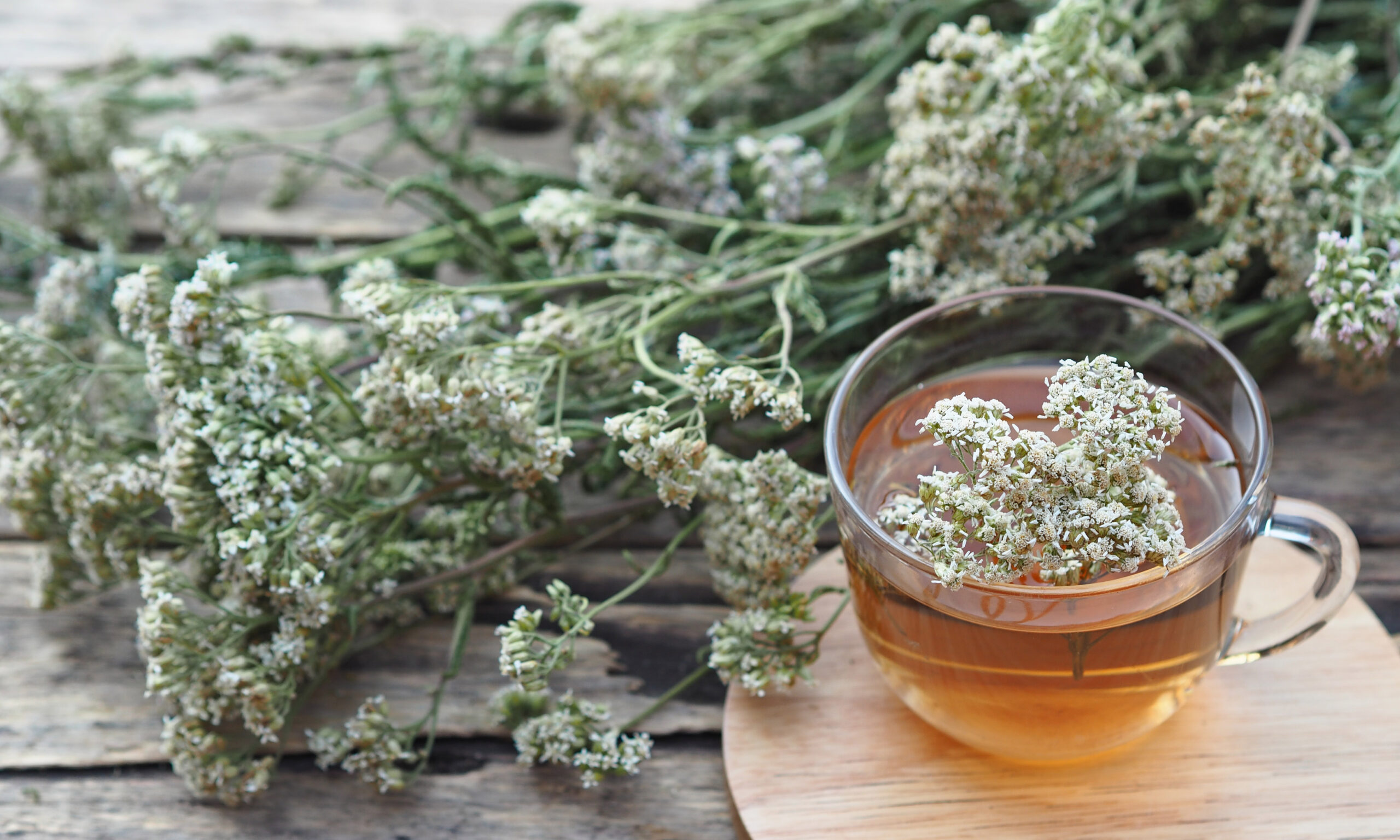
General Guide to Herbal Sock Preparation
Wet sock therapy is generally safe, but it must be used cautiously in individuals with circulation problems. Prolonged exposure to cold constricts the blood and reduces the blood flow, which is detrimental for patients with existing circulation issues.
Diabetic patients are advised against wet sock therapy. Wet socks are a breeding ground for fungi and bacteria, and they risk diabetic wound infections. It may also cause burning or freezing pains in people with neuropathy.
If you have low body temperature, foot infection, moist skin problems, cachexia, and pregnancy complications, do not engage in the wet sock therapy. Sudden exposure to cold may make asthma worse and should therefore be avoided.
There are so many mistakes I’ve learned to avoid on my herbal journey, and honestly, most of what I know comes from watching true master herbalists at work.
Dr. Nicole Apelian’s course completely transformed how I approach remedy-making. Her practical, hands-on guidance showed me the principles that separate an amateur from someone who truly understands plant medicine.
I want to share some of these game-changing principles with you, the lessons that made everything click for me. These are the fundamentals that ensure your remedies actually work, not just look pretty in a jar.
If you’re serious about becoming skilled with natural remedies, you need to see how real herbalists approach this craft. Check out this remedy-making demonstration to see what I mean.
Here are some guidelines for the proper execution of the wet sock therapy to properly support the body’s healing process:
When to Start
Start the wet sock treatment at the onset of illness or the early appearance of symptoms. It may not be effective if the illness has progressed or if the patient has a very high fever.
Duration
Wear the socks for at least 30 minutes if you are not keen on wearing them overnight. However, it is recommended to wear the socks overnight to allow them to dry, which is the primary purpose of the therapy.
Repeat the process for three consecutive nights, taking into account any other medications or herbal remedies.
Monitoring
The idea behind the wet sock therapy is to allow the body to warm itself and the sock. Do not let it collect moisture. Immediately change into dry socks if the wet sock remains damp and does not seem to dry out.
Materials
Use light cotton socks for soaking, which will form the base layer. Wear another layer of thick or wool socks over them.
Hygiene
Wash your feet thoroughly before engaging in wet sock treatment. Damp socks are a breeding ground for fungus and bacteria, causing foot and skin issues. Adding essential oils or herbs such as lavender or tea tree to the foot bath may help prevent infection due to their antimicrobial properties.
Here’s something crucial: keep everything clean during wet sock therapy, or you could actually promote fungal growth instead of preventing it. If fungal infections are already a concern for you, then you need to know about usnea.
Usnea and its Antifungal Actions 
But there’s good news: usnea, a natural remedy often called “old man’s beard,” can help you take control. Packed with a powerful antifungal compound called usnic acid, usnea works by breaking down fungal cell walls, stopping their growth, and supporting your immune system to fight back. Whether it’s a topical skin issue or a systemic fungal infection, a usnea tincture is a must-have in your arsenal.
If you want to harvest usnea yourself, make sure to do it responsibly to protect this slow-growing lichen. Look for usnea on fallen branches after storms rather than pulling it from living trees to avoid harming the environment.
Always check for its stretchy white core to correctly identify it and avoid confusing it with similar lichens. Since usnea absorbs toxins from its surroundings, only gather it from clean, unpolluted areas to ensure it’s safe and effective.
Once you’ve collected your usnea, dry it thoroughly before using it. To make a tincture, use high-proof alcohol to extract its active compounds most effectively.
If you want to skip this long and time-consuming process and you’d rather get a ready-made spray, this is the only trusted source I recommend sourcing it from. After many unsatisfying attempts from multiple suppliers, I finally found the best apothecary here.
Why wait for the problem to worsen when you can tackle it head-on with a proven natural solution? Don’t let a simple infection turn into a bigger issue—usnea has your back.
Preparing the DIY Herbal Sock Treatment
The basic preparation for wet sock treatment involves soaking the socks in cold water while soaking the feet in a separate bucket of warm water. Then, you wring the socks thoroughly, pat your feet dry, wear the socks over them, and add a layer of woolen socks.
This DIY Herbal Sock Remedy includes potent herbs that may offer the body better benefits. Herbs contain potent compounds that are absorbed through the feet for faster recovery.
In this recipe, we will use ginger and chamomile buds for the herbal foot soak. Epsom salt or magnesium flakes may also be added to boost relaxation.
What you will need:
- A pair of light cotton socks
- A pair of thick or woolen socks
Ingredients
- 2 tbsp chamomile buds
- 2-inch sliced ginger
- A bucket of cold water
- A bucket of hot water (as much as your skin can tolerate)
- ½ cup Epsom salt, or magnesium chloride flakes (optional)
Steps
- Place chamomile buds and ginger slices in 2 cups of hot water and steep for about 5 minutes. You may also use a drawstring mesh cloth to hold the herbs together for easy straining.
- Pour half of the infusion into the bucket of cold water and soak the cotton socks in it.
- Take the other half of the chamomile-ginger infusion and pour it into the bucket of hot water, adding the magnesium chloride flakes if using them.
- Soak your feet for 3 to 5 minutes, adjusting the water to a temperature you can tolerate.
- Pat your feet dry.
- Wring out the cotton socks with the cold water.
- Wear the damp socks while very cold and top them with a pair of thick, dry socks.
To use: Wear the socks to bed overnight until dry. It naturally feels chilly, but monitor your comfort level and stop the procedure if you feel excessive chills.
Repeat the process for 3 nights or until you begin to feel better.
Why Your Grandparents Were Using Wet Socks
Weird remedies like wet socks are just the tip of the iceberg. Our grandparents knew healing secrets that seem almost magical to us now. Here are just a few of the forgotten remedies that actually worked:
- Onion in the sock – Placed on the sole of the foot overnight to “draw out” toxins and fever
- Potato slices on the forehead – Used to bring down high temperatures naturally
- Cabbage leaf wraps – Applied to swollen joints and inflamed breasts to reduce pain and inflammation
- Garlic clove in the ear – An overnight remedy for ear infections that our great-grandmothers swore by
- Bread and milk poultice – Mixed into a paste to draw out splinters and infections from wounds
- Sauerkraut juice – Gulped down first thing in the morning for digestive health and gut healing
- Vinegar-soaked brown paper – Placed on bruises to speed healing and reduce discoloration
- Cobweb bandages – Used to stop bleeding instantly (and yes, they actually worked!)
If you want access to over 200+ remedies like these… old tales that science is finally catching up to, you’re in the right place. I’m sharing this knowledge with you now, before it gets harder to find. There’s a reason why information that threatens pharmacy profits keeps disappearing from the internet.
Don’t wait until it’s gone forever. Click here to secure your copy before the stock is seized.






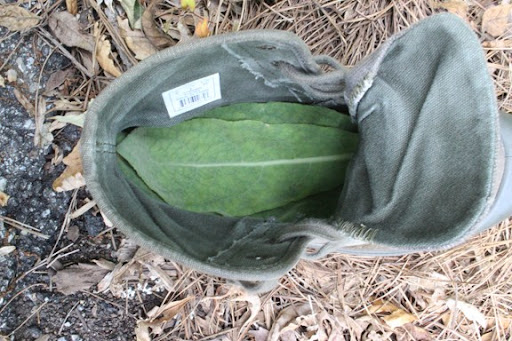
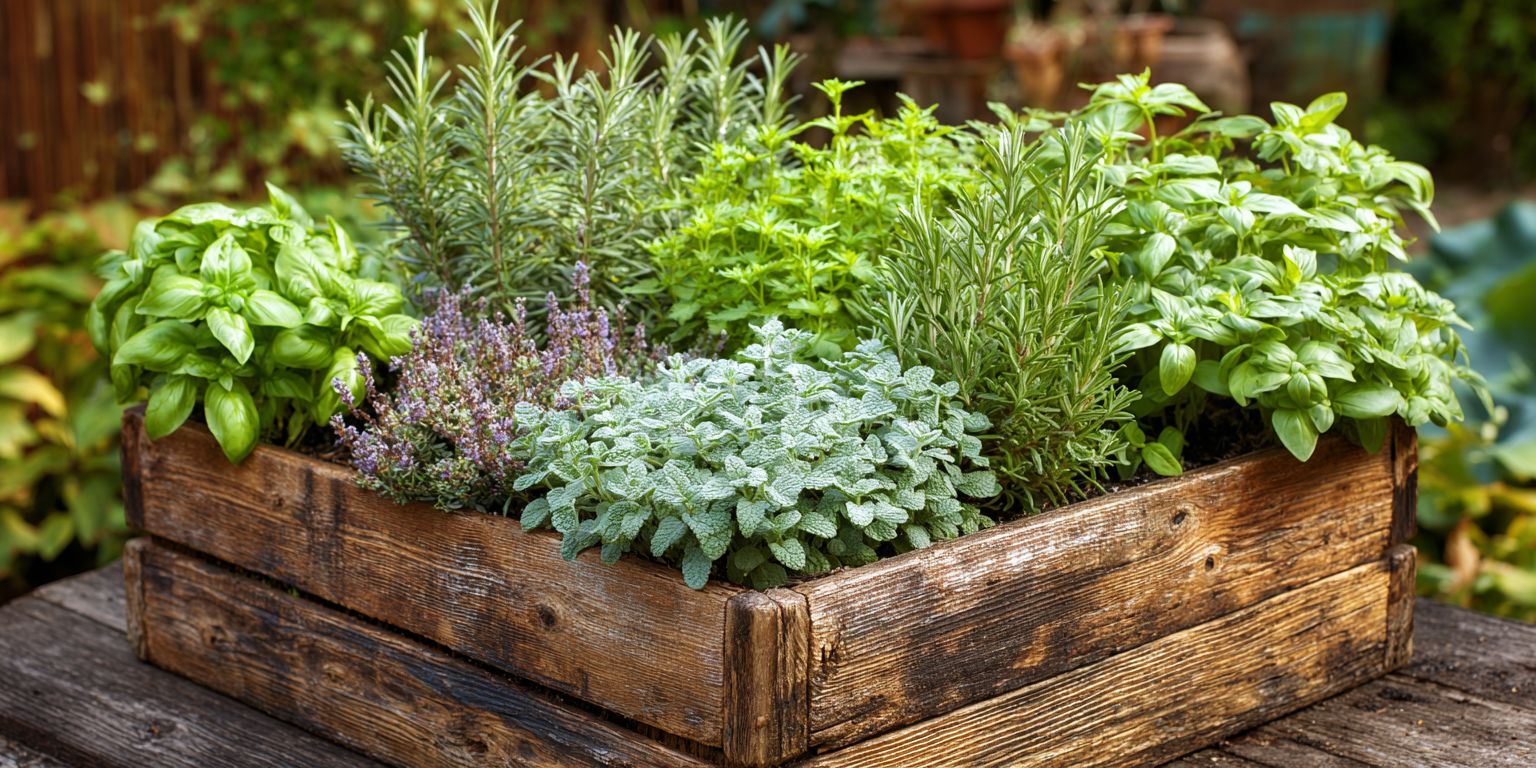
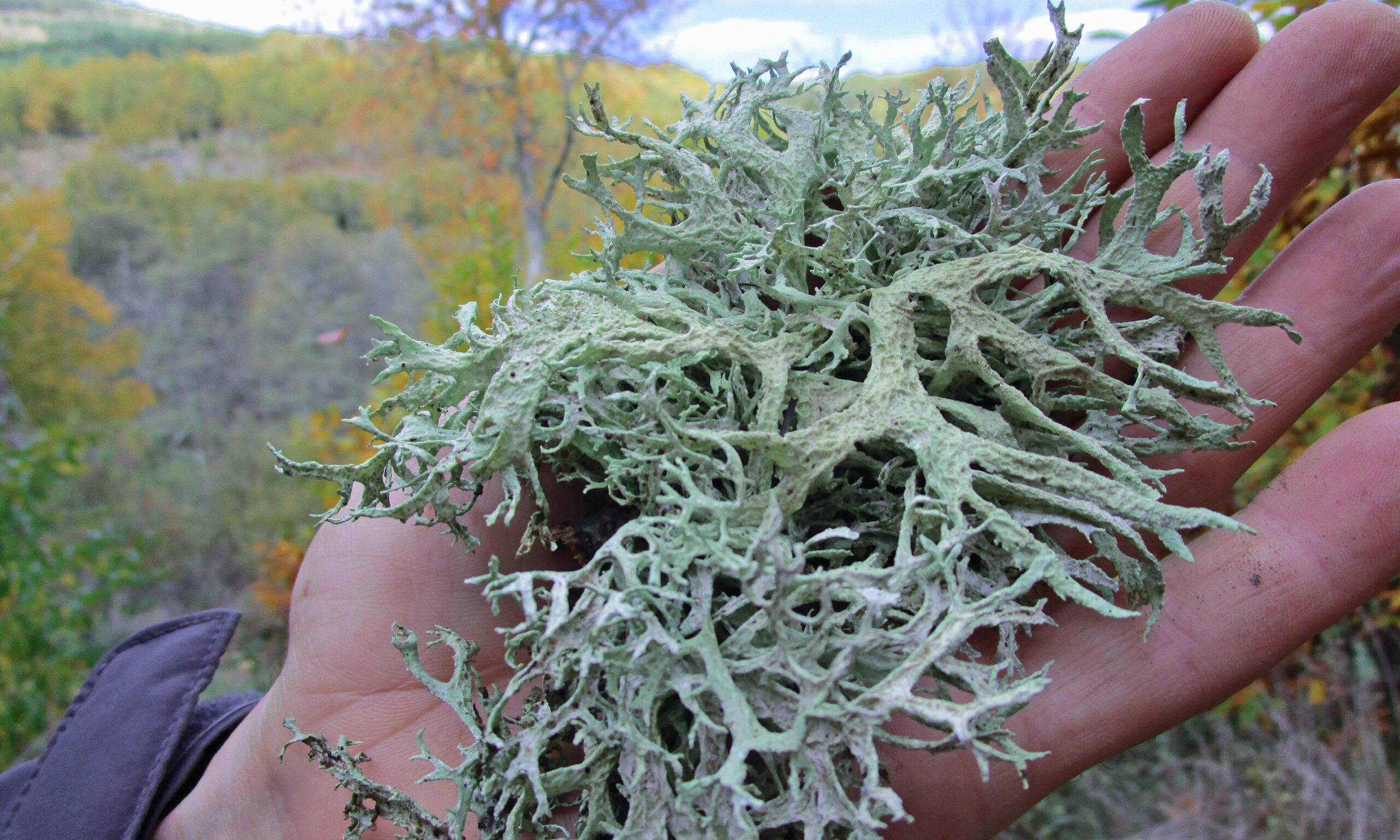
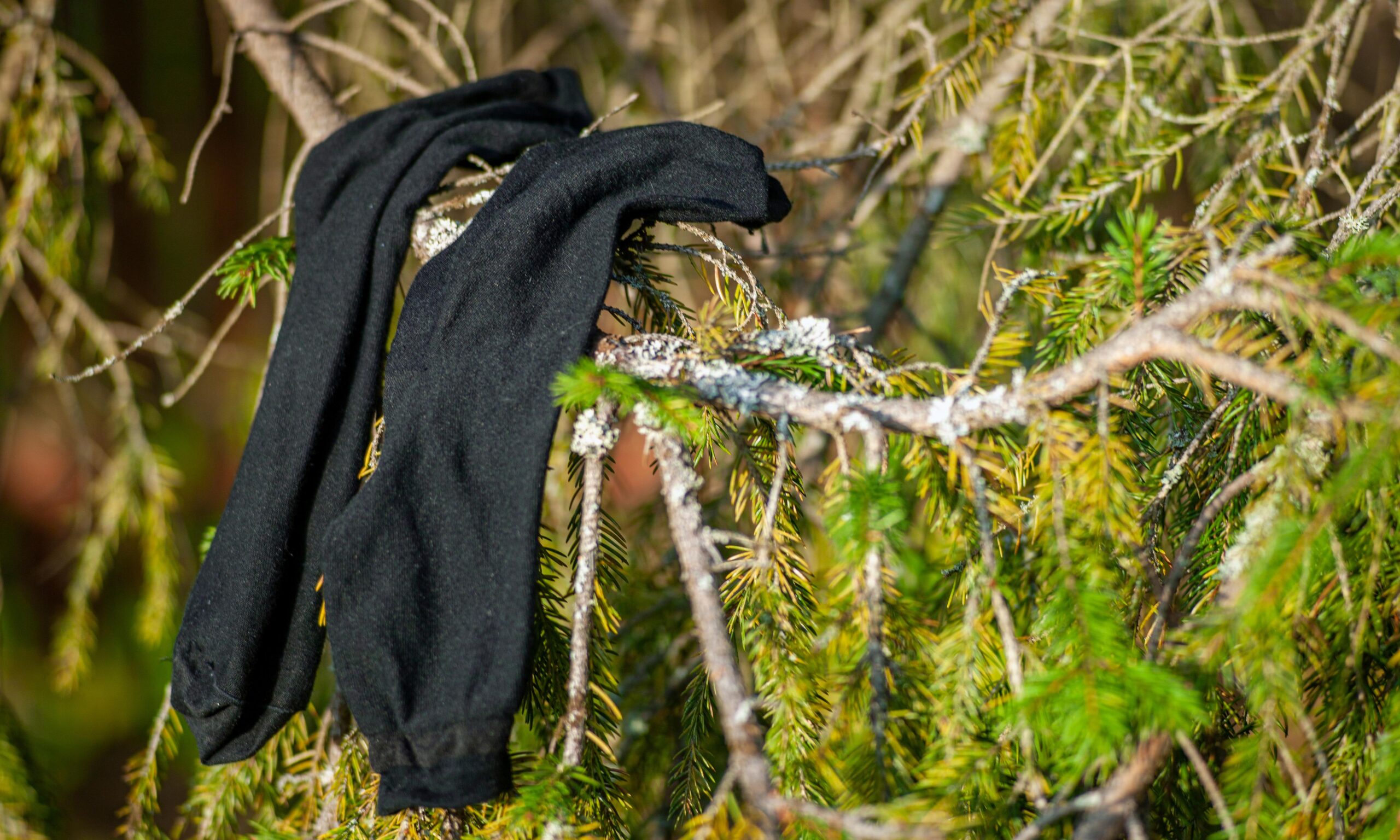
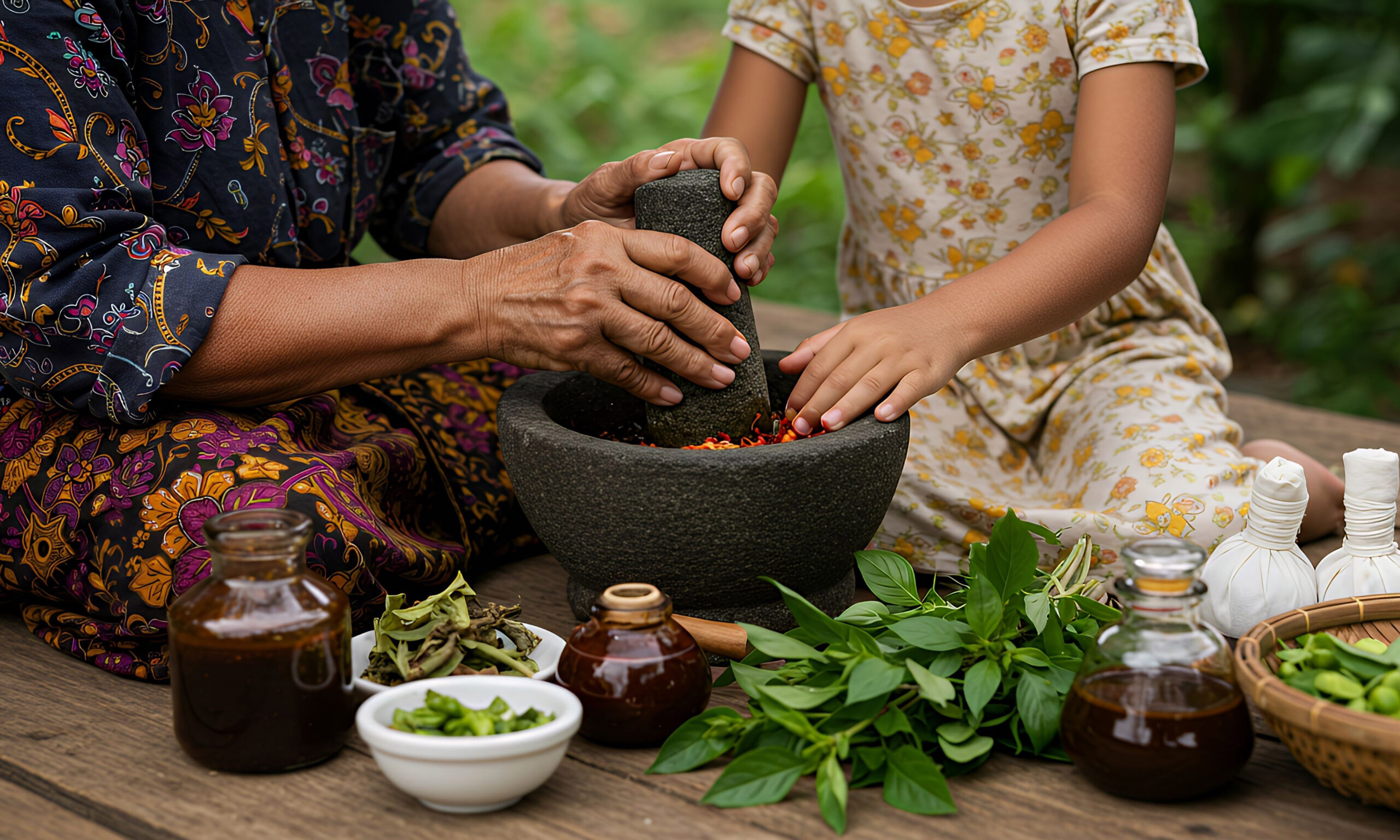
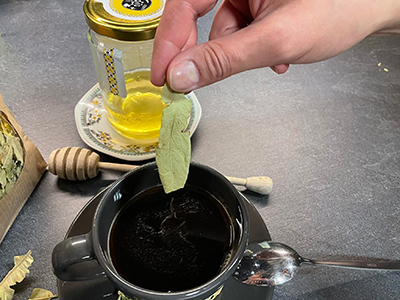
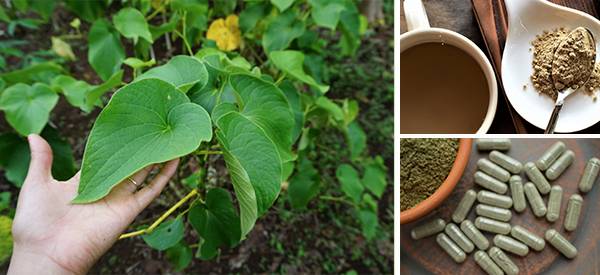

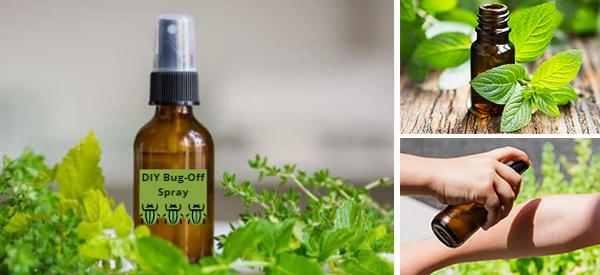
WHYYYYYYYYY does every flippin’ link in these articles ONLY go to the page selling the book?
I guess the book has the complete information
It’s a marketing ploy. But the book DOES have the remedies, lists the needed ingredients and how to make the remedies. I resisted buying the book for about a year because I didn’t want to get sucked into the marketing, but I finally bought it because I was thinking long-term for when a time comes and people can’t find medicines in the pharmacies or online. I’m glad I did. I’m not an herbalist, nor a fake person paid for saying any of this. I’m a regular 65-year old woman living on the east coast now. I lived offgrid for 14 years in the foothills of the Rockies and had homesteading neighbors who knew this kind of info. I wish I had taken the time to learn more from them. So I bought this one book and just skipped past all the other stuff she’s selling that I don’t want right now. I think it was a worthwhile purchase and my husband and I have already made 2 remedies.
Nothing digital is permanent. This website can shut down (or put down), your internet can shut down or SHTF. What will you do then? I have no regrets buying books for myself and my family/friends. Better safe than sorry